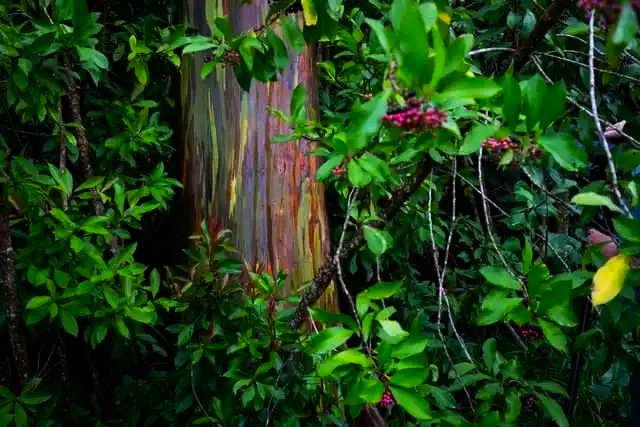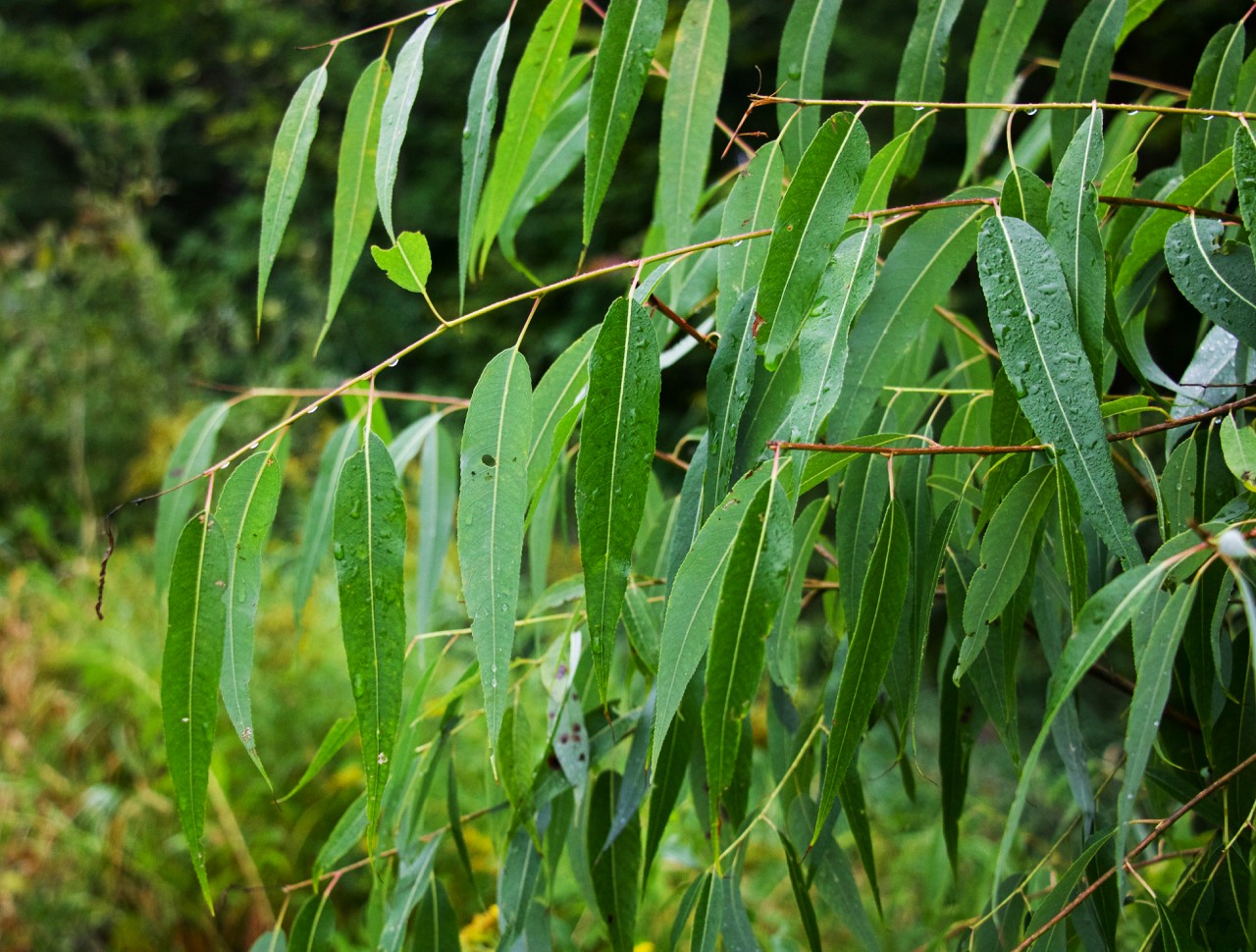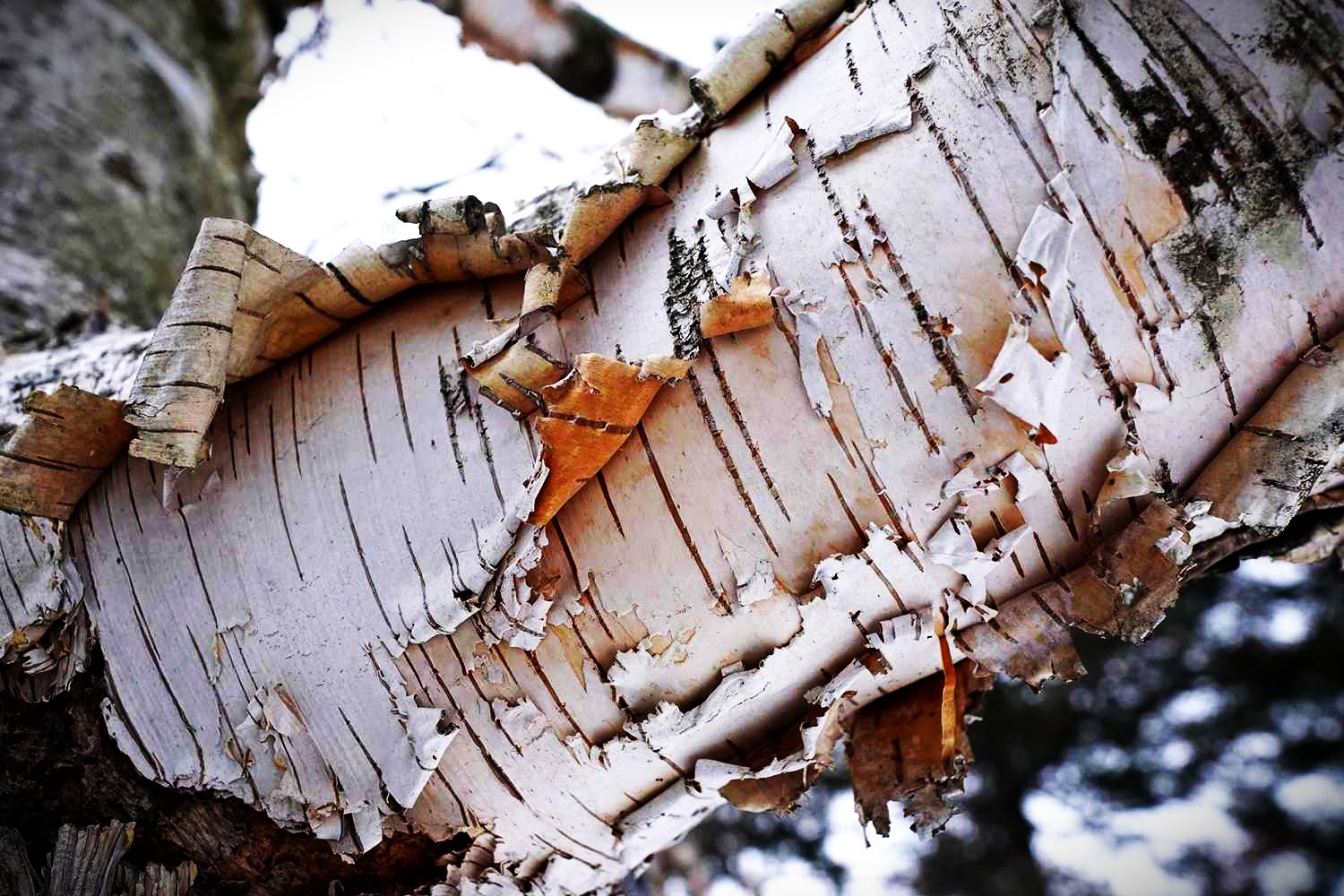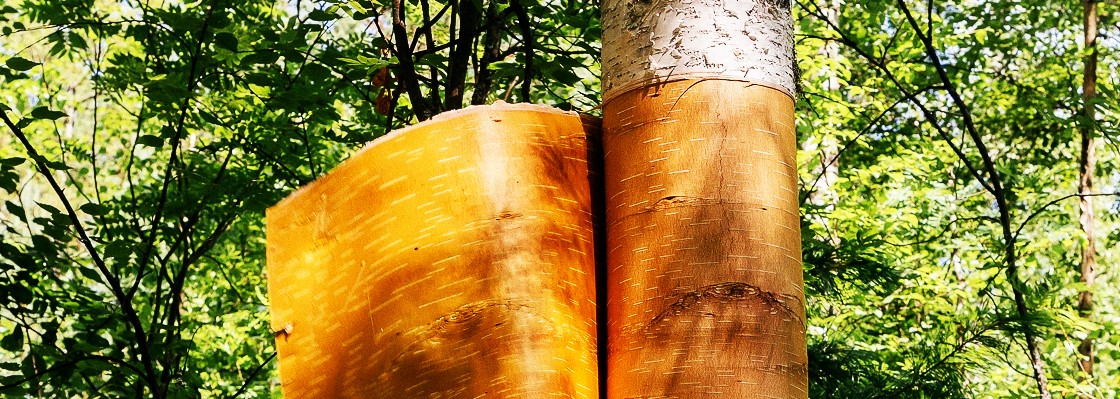How to Care for a Rainbow Eucalyptus Tree?

When people first see rainbow eucalyptus, they fall in love. The tree’s strong colour and sharp scent make it unforgettable, but not everyone will enjoy it. Before you hurry to purchase one of these exceptional beauties, there are a few things you should be aware of.
Rainbow Eucalyptus Grows Where?
The only native eucalyptus tree in the northern hemisphere is the rainbow eucalyptus (Eucalyptus deglupta). It grows in tropical forests with lots of rainfall in the Philippines, New Guinea, and Indonesia. The tree reaches a maximum height of 250 feet (76 metres) in its natural habitat. Rainbow eucalyptus grows in frost-free areas in the United States, such as Hawaii and parts of southern California, Texas, and Florida. Plant hardiness zones 10 and above according to the US Department of Agriculture are appropriate for it. The tree can only reach heights of 100 to 125 feet (30–38 metres) in the continental United States. It is still a huge tree, even though this is only about half of its maximum height in its natural range.
Is a Rainbow Eucalyptus Possible to Grow?
Growing conditions for rainbow eucalyptus include full sun and moist soil, aside from climate. Once established, the tree requires regular watering when rainfall is insufficient, but it grows 3 feet (91 cm) per season without additional fertiliser. The bark of a rainbow eucalyptus tree is its most remarkable characteristic. The bark from the previous season peels off in strips, exposing fresh, vibrantly coloured bark underneath. Red, orange, green, blue, and grey vertical streaks are the result of peeling. One of the most amazingly colourful trees you can grow is the rainbow eucalyptus, though its colour isn’t as intense outside of its native range. Can you, then, cultivate a rainbow eucalyptus?
You most likely can if you live in a region that doesn’t freeze and has enough rainfall, but the real question is whether you should. The enormous rainbow eucalyptus tree is out of place in most residential landscapes. Its elevated roots have the potential to destroy property because they can uproot pavements, weaken foundations and lift small buildings like sheds. The tree grows better in open spaces like fields and parks where it can provide excellent shade along with beauty and fragrance.





